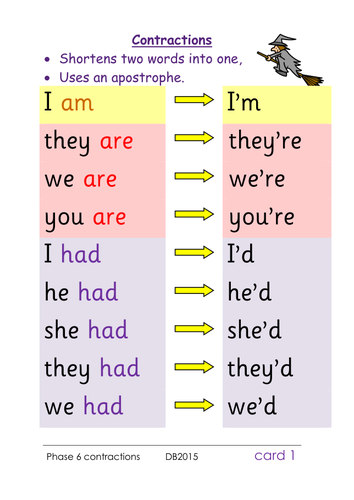Dave Bryant's Shop
Hi! Here, you'll find mainly phonic related resources - Phase 2 to 6 and Year 3 spellings. No matter what systematic synthetic phonics teaching programme you follow, these resources will support and enhance your teaching and your children's learning. I've worked 16 years in KS1 and 3 years in Year 3. After spending a super last year in Year 1, I have now retired!!! But i will continue to share my resources with teachers everywhere!! Enjoy!



![Phase 5 alternative spellings for z phoneme [as in please, cheese] table cards, revision grid & ppt](https://dryuc24b85zbr.cloudfront.net/tes/resources/11078891/image?width=500&height=500&version=1491144586656)
![Phase 5: alternative spellings for 's' [face, house, listen]. Table cards, pseudo words and ppt.](https://dryuc24b85zbr.cloudfront.net/tes/resources/11076040/image?width=500&height=500&version=1491144586660)
![Phase 3: Draw the 'sound buttons' [sausages and beans] activity - full set.](https://dryuc24b85zbr.cloudfront.net/tes/resources/11014101/image?width=500&height=500&version=1519313403554)
![Phase 5: alternative pronunciations of y [as in cry, baby, gym], cards, pics, chart & ppt](https://dryuc24b85zbr.cloudfront.net/tes/resources/7513808/image?width=500&height=500&version=1519313483282)
![Phase 3: [short] 'oo' sound [as in good, book]: table cards, activities and presentation](https://dryuc24b85zbr.cloudfront.net/tes/resources/11260915/image?width=500&height=500&version=1491144586381)
![Phase 3: 'ear' grapheme [as in dear, appear]: table/group cards, activities and presentation](https://dryuc24b85zbr.cloudfront.net/tes/resources/11265931/image?width=500&height=500&version=1491144586352)
![Phase 3: [short]oo, ar, or, ur, ow - table cards.](https://dryuc24b85zbr.cloudfront.net/tes/resources/6449074/image?width=500&height=500&version=1493844727097)
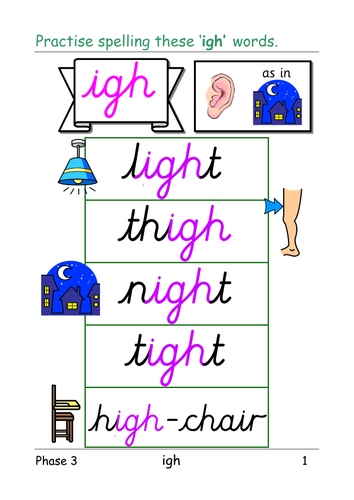
![Phase 5 alternative spellings of ur[learn, work] ppt, group cards, rhyming activity, revision gri](https://dryuc24b85zbr.cloudfront.net/tes/resources/6452901/image?width=500&height=500&version=1519313256056)
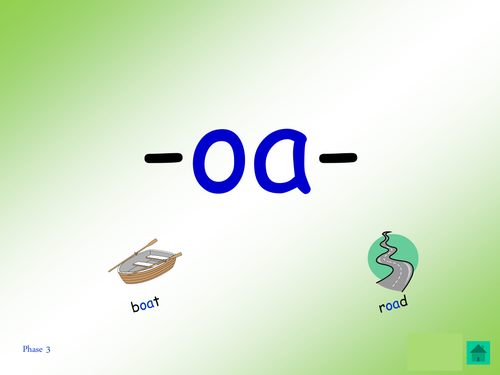
![Phase 5 alternative spellings for the short 'oo' phoneme [put, could] ppt and activities](https://dryuc24b85zbr.cloudfront.net/tes/resources/11100361/image?width=500&height=500&version=1491144586496)
![Phase 3: [long] oo grapheme - powerpoint and activities](https://dryuc24b85zbr.cloudfront.net/tes/resources/11585541/image?width=500&height=500&version=1493060614066)
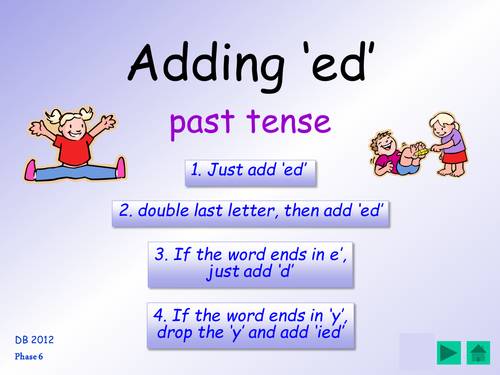
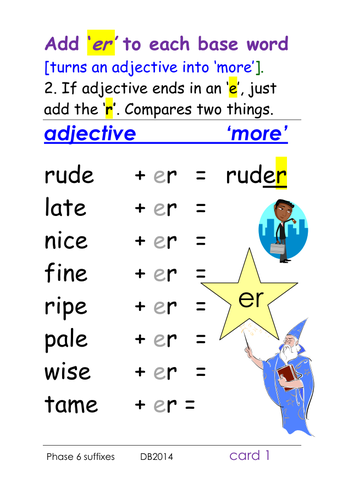
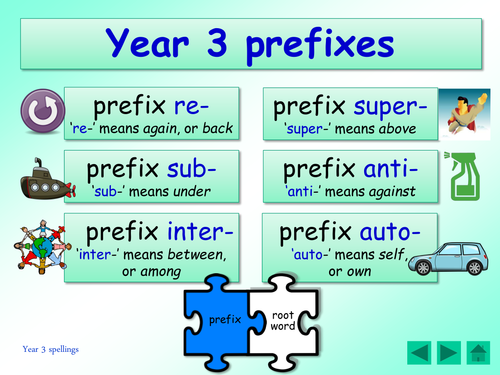
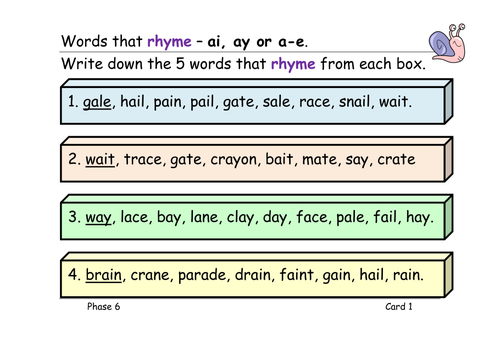
![Phase 5 graphemes: Draw the 'sound buttons' [sausages and beans]](https://dryuc24b85zbr.cloudfront.net/tes/resources/11011936/image?width=500&height=500&version=1519313331688)
![Phase 5: o-e grapheme [magic 'e' - split digraph]: activities, game and presentation.](https://dryuc24b85zbr.cloudfront.net/tes/resources/7504641/image?width=500&height=500&version=1519313483492)
